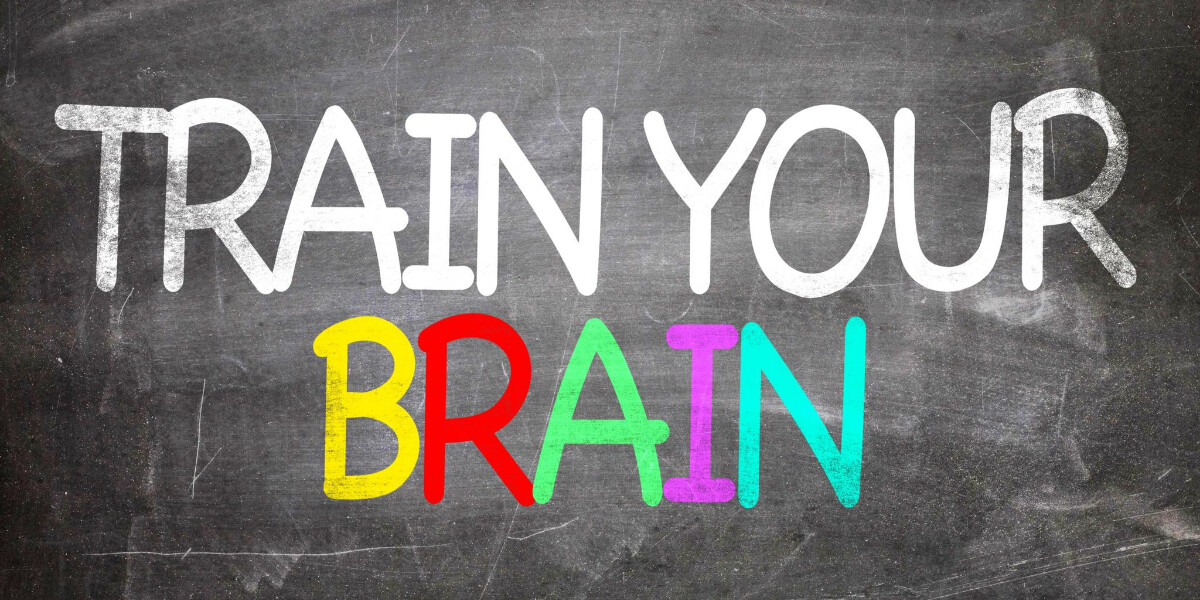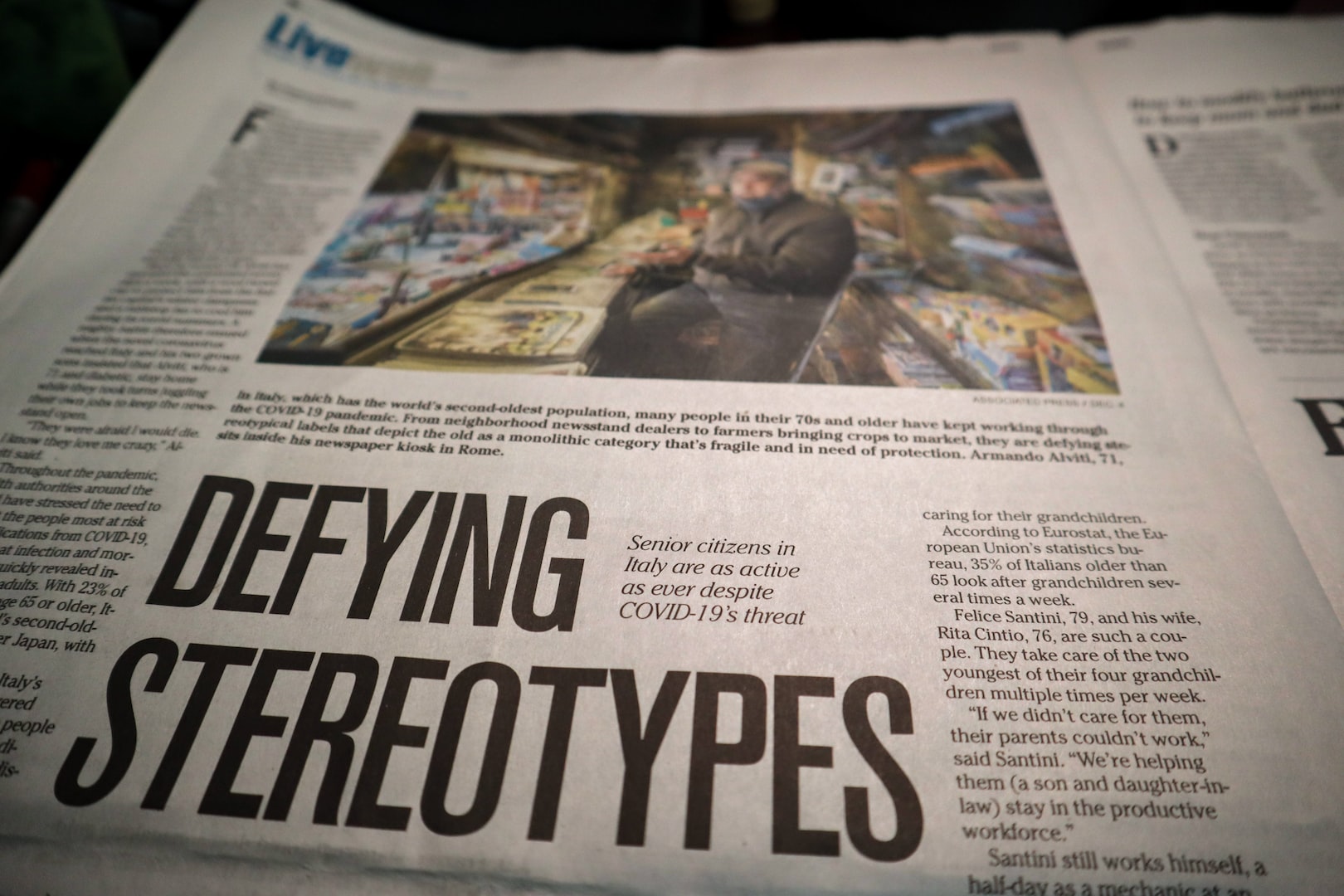Share
02 May 2023
How Your Brain Is Trying to Trick You When Working with Someone from a Different Culture? Try These Psychology Tips to Defeat Biases!
The human brain is very powerful, and its automatic responses can shape our views of people from different cultures — often negatively. Our brains have learned through various forms of exposure, without us even being aware, that someone who looks or speaks differently may not be trustworthy or reliable.
But when it comes to fostering cooperative relationships with people from culturally diverse backgrounds, our minds can sometimes get in the way. So what can we do to ensure our brains don’t trick us when working with people from different cultures?
In this blog post, we will go through how your brain is trying to trick you and psychology tips that could help you stay open-minded when collaborating with someone from a different culture.
How your brain is tricking you with biases and framing effects?
Our brains make lots of cognitive errors and misinterpretations. This is because our brains are easily tricked by biases and framing effects. Biases involve errors in our thinking which can lead us to misinterpret decisions and facts, especially in cross-cultural communication.
Additionally, frames involve the method a person uses to interpret information in ways that may be misleading or inaccurate. For this reason, it's important to keep biases and framing effects in mind when making decisions. With awareness of these common cognitive pitfalls, we can reduce our likelihood of making poor judgments or decisions.
Understand projection bias
Projection bias explains our tendency to believe that other people think the same way we do, whether it comes to your personal values or cultural values. This means you might assume that someone else has similar motivations or wants the same things as you when, in fact, this might not be true at all.
To avoid being deceived by projection bias, try to find out what your co-workers' cultural norms are, or consider making connections at multiple levels, so you know what everyone's expectations are when you work together.

Recognize cognitive biases and emotive reactions
Cognitive biases are mental shortcuts that lead us to forming emotive reactions rather than logical ones. Emotive reactions are how we feel, when something affects us in a certain way. This can be caused by things like events or people, and can make us feel emotions such as happiness, anger or sadness. It can be influenced by things like our experiences, cultural background, cultural clashes or what's happening now.
Emotive reactions can have a big impact on how you think and act, and how you interact with others. This is especially true when working in unfamiliar cultural environments and with people from different cultures. Being aware of these reactions can help you to understand others better and make social situations easier.
These biases may exist without us even being aware of them. This causes you to make judgments about people without considering the facts of their situation accurately. Taking the time to listen to different perspectives and considering them when making decisions can help reduce cognitive biases.
Don't forget confirmation bias
Confirmation bias is a tendency we all possess to seek and interpret information in a way that confirms our pre-existing beliefs or biases. When it comes to communication between different cultures, you may also experience confirmation bias when you try to make sense of your interactions with other people based on your cultural assumptions.
For instance, let's say you are interacting with a person from
a high-context culture, where people often use non-verbal cues and context to convey their message. However, you come from a low-context culture, where people usually rely on direct verbal communication.
In this case, you may not understand the meaning of the non-verbal cues that the person from the high-context culture is giving you. You may think that they are not interested in the conversation. But in reality, the person is just using their cultural communication style that may require you to be more perceptive and attentive to non-verbal cues to understand them better.
By understanding the cultural factors, you can avoid falling into the trap of confirmation bias and become more culturally sensitive in your communication.
Consider framing effects
Framing effects refer to how we interpret information based on how it is presented. For example, if two job candidates have the same skills but one comes across as more likeable because they share the same values and attitudes as you do, you may choose them over the other candidate because of an emotional decision, rather than because of their actual merits.
To avoid these kinds of unintentional mismatches between workers and positions, work with colleagues in diverse cultures to increase your cultural knowledge.
Look Out for Social Desirability Effects
Social desirability effects happen when people change their answers or behaviours to look better in front of other people. You might do this because you feel like you need to fit in, or because you think it's what people expect of you. This can also increase your
culture shock since it creates interpersonal conflicts.
In some cultures, it may be considered more socially desirable to prioritize the well-being of a group over individual accomplishments. For instance, in
collectivistic cultures, such as many Asian cultures, group harmony and social cohesion are often emphasized over individual achievements. This may lead to individuals downplaying their own accomplishments and attributing success to the group.
On the other hand, in individualistic cultures, such as Western cultures, people emphasize individual accomplishments. Therefore, it may be considered more socially desirable to be seen as confident and self-promoting. This may lead to individuals exaggerating their accomplishments or downplaying their weaknesses in order to appear more confident and impressive to others.
Both of these examples demonstrate how social desirability effects can vary across cultures and influence how people present themselves in social situations. It is important to understand these differences when you interact with people from different cultures so that you can better understand their behaviour and avoid misunderstandings.

How to trick your brain to communicate effortlessly across cultures?
Even though your brain will constantly to try trick you, there are several ways to overcome them. These strategies include focusing on similarities to build stronger relationships, becoming concious of your biases, building inclusive habits and embracing the unknown.
Focus on surprising similarities
Focusing on similarities before differences might be the best piece of advice for someone who wants to build a better relationship with someone from another culture. It’s generally easier for people to bond over experiences they share and things they both enjoy. Think about where your commonalities lie and spend more time focusing on those than on any perceived differences.
However, be careful not to assume that everything is the same as in your culture. This is one of the most common mistakes in intercultural communication.
Check your bias
To become aware of any hidden biases you might have, ask others how they see you and how you think others see you. Think about what messages your bias sends about yourself and other cultures. If left unchecked, our biases could cause misunderstandings and negative feelings towards other cultures, either intentionally or unintentionally.
Therefore, one of the most important things you can do to overcome cultural bias is to educate yourself about different cultures. This can help you to recognize and understand cultural differences and avoid making assumptions based on stereotypes or preconceived notions.
Learning about different cultural norms, values, and behaviours can also help you to communicate more effectively and build stronger relationships with people from different cultural backgrounds while reducing culture shock.
Build inclusive habits
Building inclusive habits should be an ongoing practice while interacting with someone from another cultural background. Find ways to include other people in conversations and value their time as much as yours. Look into cultural practices that involve communication styles, language use and body language that might differ between cultures.
Manage conflicts by being aware of the external factors. Being mindful of these habits will help create an environment where everyone feels respected, accepted and included regardless of their cultural background.
Practice active listening
If there’s one thing both parties need from each other, it’s respect - which means actively listening to each other without interruption or judgement. Active listening is crucial for successful interaction! By doing this, you can learn about different perspectives without letting your own assumptions influence the conversation. This can help you avoid misunderstandings due to cultural diversity and communicate more effectively with people from different backgrounds.

Be open minded and avoid hasty conclusions
When interacting with others, it's important to keep an open mind and avoid jumping to conclusions too quickly. Making assumptions before you have enough information can lead to prejudice. Instead, take the time to understand the full picture before making any judgments. Treat others with respect, seek to understand their perspective, and foster mutual understanding.
Embrace the unpredictability
Intercultural relationships are full of surprises, so expect to run into unexpected moments during conversations. You should try to find ways to understand each other's culture. This could include responding without judgement when perspectives don't align or being forgiving if an apology for miscommunication is needed later down the line. The clearer expectations are communicated upfront, the better chance there is for success in conversing across cultures!
Working with people from different cultures can be tricky. The key is being aware and conscious of your own mental processing traps, so you don’t fall prey to them! By understanding how biases works—including projection bias, cognitive biases, confirmation bias and framing effect as well as recognizing social desirability effects you can develop effective psychological strategies for successful cooperation no matter what cultural backgrounds everyone around brings with them!
Want to learn more about bias and cross-cultural psychology?
Let's get in touch and discuss what kind of intercultural training is the best option for your company!
Tanja is a Certified Intercultural Communication Coach and an expert on Work Style Analysis (WSA). With a Master's Degree in Business Administration, specializing in Leadership and People Management, she helps companies and assists leaders in comprehending cultural dimensions and leveraging existing cultural differences to create powerful organizational strengths.
About the Author
Related Articles
Company
Good to know
Stay up to date on the latest news and expand your horizons!
©2024 Numinos Ltd | Intercultural Communication Training | Finland & Mexico

